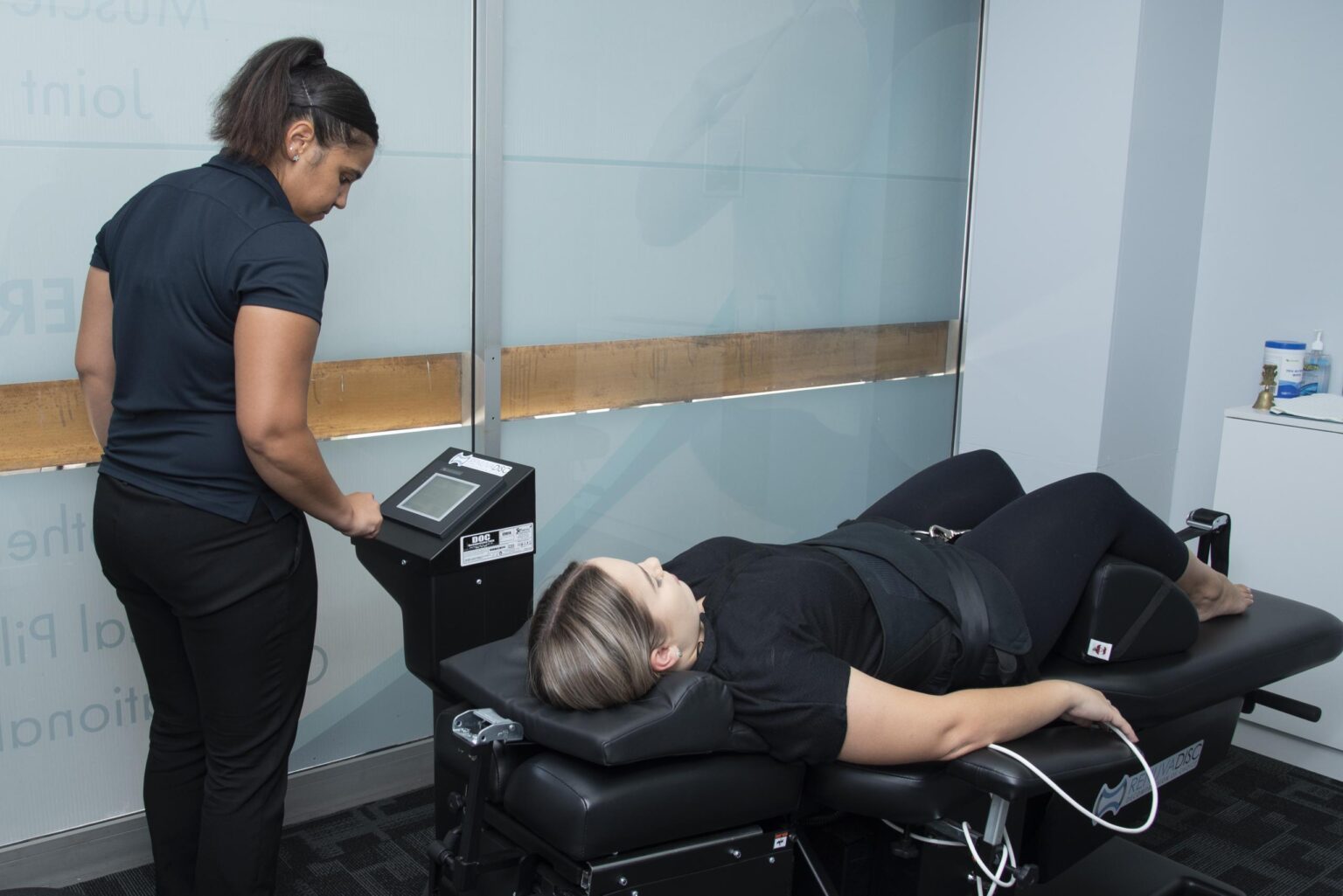Pain management can be a complex journey, and many people explore different paths to find relief. One area gaining attention is alternative therapies. These approaches, used in conjunction with conventional medical care, provide an alternative way to address discomfort. Understanding what these therapies are and how they function can help you make informed choices about your own wellness plan.
What Are Alternative Therapies?
Alternative therapies are health and wellness practices that are not typically part of standard Western medical care. These methods often focus on the connection between the mind and body. They may also emphasize the body’s natural ability to heal itself. People use these therapies to complement their existing treatment plans, aiming for a more holistic approach to health.
These practices originate from diverse traditions and philosophies worldwide. They encompass a wide range of techniques, from physical manipulation to mental focus exercises. When used for pain management, the goal is to reduce discomfort, improve function, and enhance overall quality of life. Integrating these approaches can provide a more comprehensive strategy for managing persistent pain.
How Do They Reduce Pain?
Alternative therapies for pain management work in diverse ways, often by influencing the body’s own pain-relief mechanisms. Many techniques aim to reduce stress, calm the nervous system, or improve circulation, all of which can impact how you perceive pain. By focusing on the body as an integrated system, these methods may help interrupt pain signals sent to the brain.
Some common approaches include:
- Acupuncture: This ancient practice involves inserting very thin needles into specific points on the body. The technique is thought to stimulate nerves and muscles, which may prompt the body to release natural pain-relieving chemicals.
- Chiropractic Care: A chiropractor uses hands-on spinal manipulation and other adjustments. The objective is to restore proper alignment to the musculoskeletal structure, particularly the spine, which may alleviate pressure on nerves and reduce pain.
- Massage Therapy: This therapy involves manipulating the body’s soft tissues. Massage can help relax tense muscles, improve blood flow, and reduce stress, contributing to a feeling of pain relief and well-being.
- Yoga and Tai Chi: These mind-body practices combine gentle movements, stretching, breathing exercises, and meditation. They can improve flexibility, strength, and balance while promoting relaxation, which may help lessen certain types of chronic pain.
These therapies can provide a sense of control and active participation in your own care. They often empower you to manage your symptoms through physical and mental exercises. This proactive involvement can be a helpful component of a pain management plan.
Who Benefits From These Approaches?
A wide range of individuals might find alternative therapies helpful in managing their pain. People living with chronic conditions such as back pain, arthritis, or fibromyalgia often explore these options. They can be a useful supplement for those who have not found complete relief through conventional treatments alone.
Others who may benefit are those seeking to minimize their reliance on medications. Some individuals prefer non-pharmacological methods for managing their symptoms due to personal preference or concerns about side effects. By incorporating alternative therapies, you can build a multi-faceted approach to your wellness that aligns with your personal health goals and values.
Visit a Pain Management Specialist
Exploring alternative therapies for pain management begins with a conversation with a qualified professional. A pain management specialist can help you navigate your options and develop a safe, effective plan. They can assess your specific condition and offer guidance on which therapies might be suitable for you. Discussing your goals with a specialist is a practical first step. They can coordinate care and help you build a comprehensive strategy for living more comfortably.
